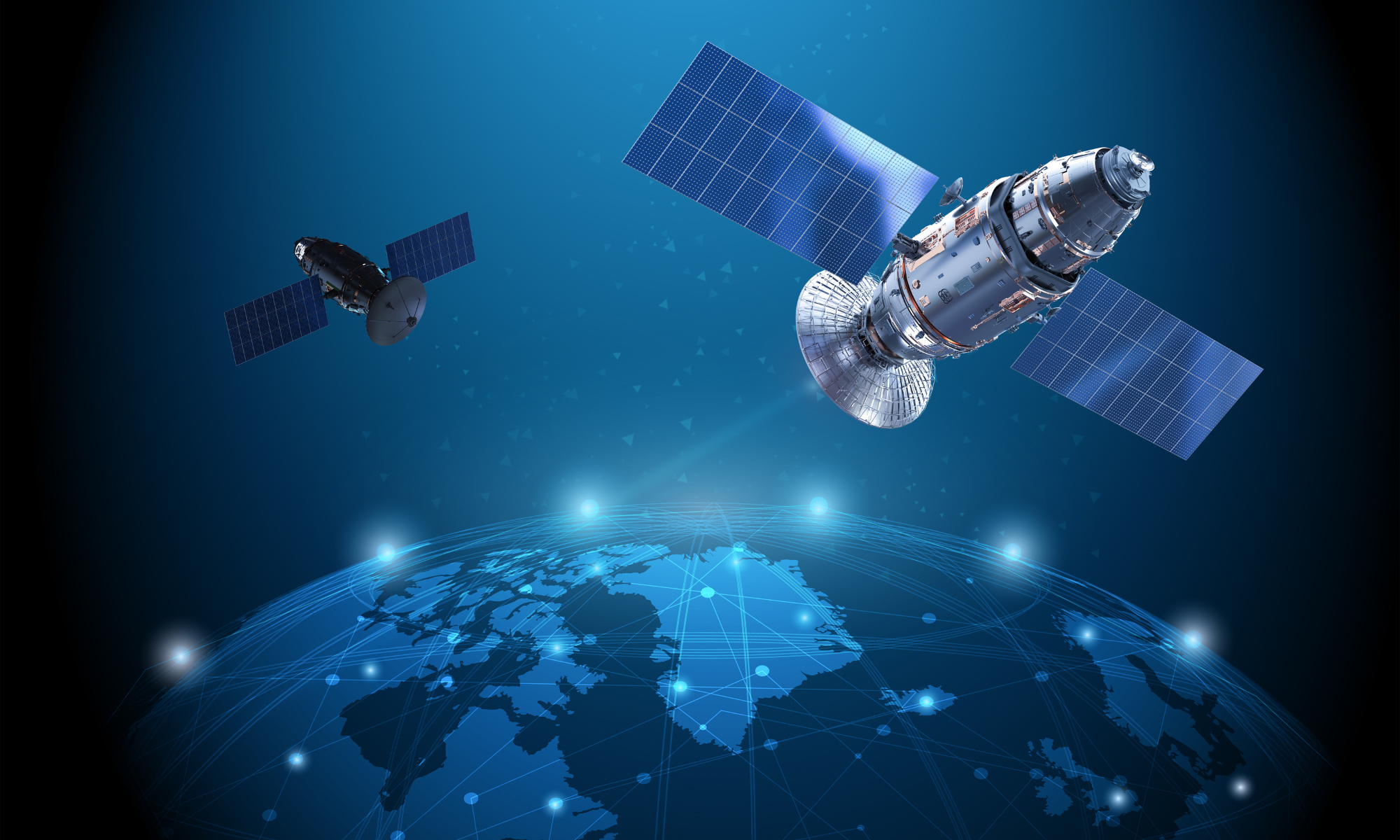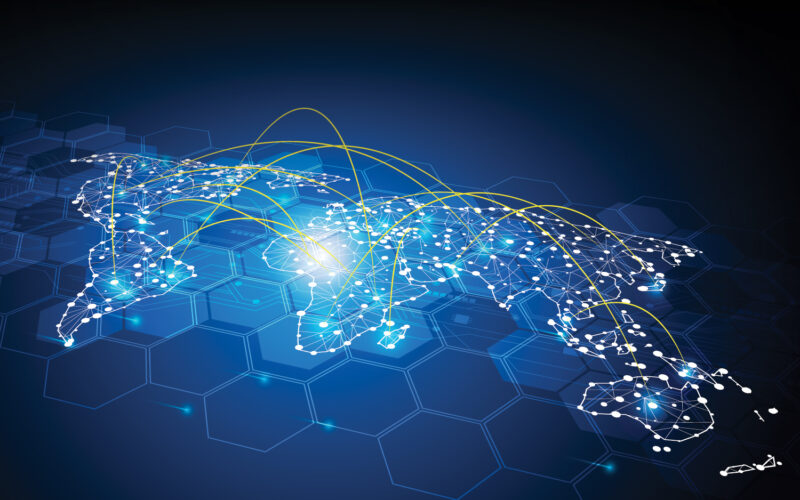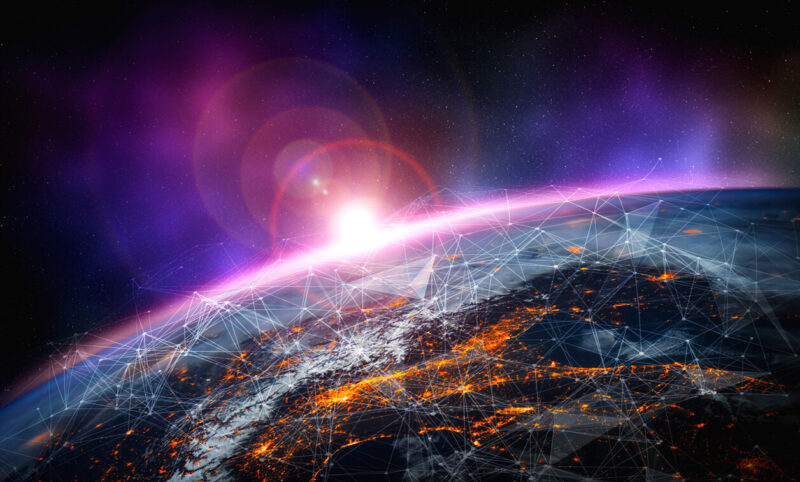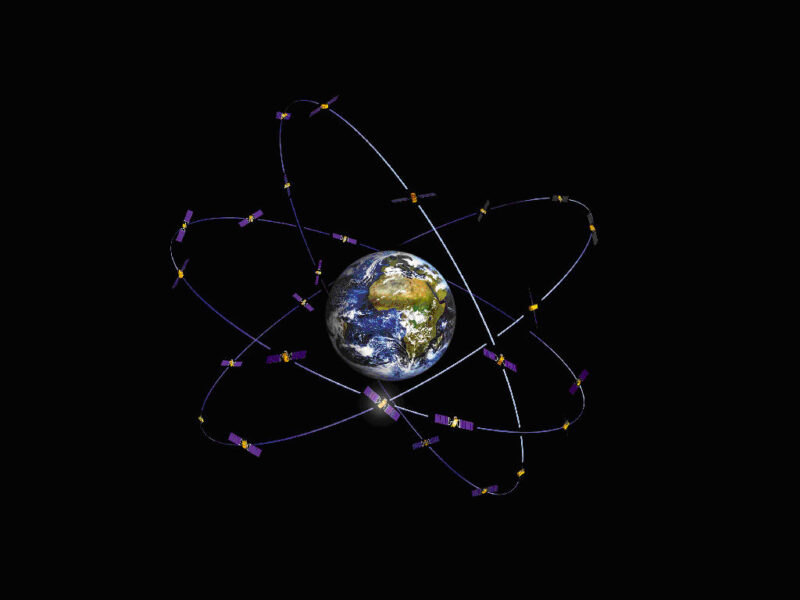Navigation, once the purview of paper maps and the occasional compass, has transformed into an intricate dance of satellites, signals, and data processing. The tools enabling seamless navigation today operate with astonishing precision, shaping industries, enhancing safety, and improving daily life. Beneath this sophistication lies an ecosystem of technologies that make it all possible.
At the heart of this ecosystem are devices like the GNSS GPS receiver, which bridge the gap between the celestial and the terrestrial. These receivers decode signals from global navigation satellite systems (GNSS) to determine exact positions, whether for guiding autonomous vehicles or optimizing agricultural yields. But they are only part of a larger story—one that involves relentless innovation and a constant push for greater accuracy.
Understanding the interplay of these technologies offers a glimpse into how navigation has evolved and where it is heading, from the fine-tuned machinery guiding construction projects to the satellites monitoring planetary change.
The Role of Satellites in Navigation
High above Earth, constellations of satellites quietly deliver the information that powers modern navigation. These networks, including systems like Galileo, BeiDou, and GLONASS, continuously send signals that enable users to calculate their precise location.
The sheer scale of this endeavor is breathtaking. Each satellite must maintain a constant orbit, synchronize with its counterparts, and broadcast signals that can travel thousands of miles to devices on the ground. These signals, once decoded, provide the raw data needed for applications as diverse as aviation, shipping, and personal fitness tracking.
Satellite systems have become indispensable to industries requiring precision. Surveyors use GNSS data to map land and create infrastructure blueprints. In agriculture, farmers depend on satellite navigation to guide tractors with centimeter-level accuracy, minimizing waste and maximizing yield. Even environmental scientists use GNSS to monitor changes in glaciers, forests, and coastlines, turning abstract signals into tangible insights.

The Science of Precision ─ Receivers, Algorithms, and Accuracy
While satellites provide the data, the real magic happens on the ground. GNSS receivers are the unsung heroes of navigation, transforming satellite signals into actionable information. These devices, ranging from handheld units to embedded systems in smartphones, are packed with sophisticated algorithms designed to process complex data streams.
Accuracy is everything in navigation, and achieving it is no small feat. A GNSS GPS receiver must account for a host of variables, including signal delay caused by atmospheric conditions and multipath errors when signals bounce off buildings or terrain. Advanced receivers overcome these challenges by combining signals from multiple satellites and applying corrective models, ensuring precise positioning even in challenging environments.
Recent advancements have further enhanced receiver capabilities. Multi-frequency systems, for instance, allow devices to access signals across different bands, reducing errors and improving reliability. This level of accuracy is vital for industries like logistics, where a single misplaced delivery can cascade into larger inefficiencies.
Revolutionizing Industries with Navigation

The applications of modern navigation technology extend far beyond simply getting from Point A to Point B. Entire industries have been reshaped by the precision and reliability of GNSS.
1. Transportation and Logistics
Shipping routes, supply chains, and last-mile deliveries all depend on navigation systems to function smoothly. GNSS ensures that fleets take the most efficient routes, saving fuel and reducing costs. Meanwhile, urban transportation systems leverage real-time navigation to optimize bus and train schedules, providing commuters with reliable travel options.
2. Infrastructure Development
Construction projects demand extraordinary accuracy, particularly when laying foundations or designing complex structures. GNSS receivers enable surveyors to plot sites with unmatched precision, reducing project timelines and eliminating costly errors. These systems also help monitor structural integrity over time, ensuring that bridges, buildings, and dams remain safe.
3. Emergency Response and Public Safety
From guiding ambulances through crowded city streets to helping firefighters navigate wildfire zones, navigation systems play a critical role in saving lives. Emergency responders rely on GNSS to locate victims, assess hazards, and coordinate efforts. These capabilities become even more vital in disaster scenarios, where conventional infrastructure often fails.
The Future of Navigation ─ Challenges and Opportunities

As indispensable as GNSS has become, the technology is not without its challenges. Signal interference, whether from natural phenomena or human activity, can disrupt navigation systems and create vulnerabilities. Addressing these risks requires robust countermeasures, such as signal encryption and ground-based augmentation systems.
Another challenge lies in extending navigation capabilities to underserved regions. While GNSS is a global system, its benefits are not evenly distributed. Bridging this gap will be essential to unlocking the full potential of satellite navigation, particularly in developing nations where infrastructure improvements are most needed.
Looking ahead, the convergence of GNSS with emerging technologies like 5G, artificial intelligence, and quantum computing promises to revolutionize navigation further. Autonomous vehicles, for example, will depend on hyper-accurate positioning to navigate safely. Similarly, smart cities will use integrated navigation systems to manage everything from energy grids to waste collection.
Conclusion ─ Mapping a Connected World
Modern navigation is a testament to humanity’s ingenuity, transforming abstract satellite signals into practical tools that shape how we live and work. From enabling precise farming techniques to guiding rescue missions, these systems are the foundation of a connected world.
The technologies behind seamless navigation are complex, but their impact is clear: they make the impossible possible. As GNSS continues to evolve, its role in shaping industries and improving lives will only grow. It is a quiet revolution, but one that will define the way we interact with our planet for generations to come.
Related Posts:
- What Lies Ahead For The Oil And Gas Industry In A…
- Will AI Replace Software Engineers? The Truth Behind…
- The Psychology Behind Risk-Taking ─ Why Some People…
- Critical Ingredients Behind Online Casino Triumphs
- Why Modern Desk Designs Optimize Your Workspace for…
- How Modern Cutlery Has Evolved in Kitchen Tools…








